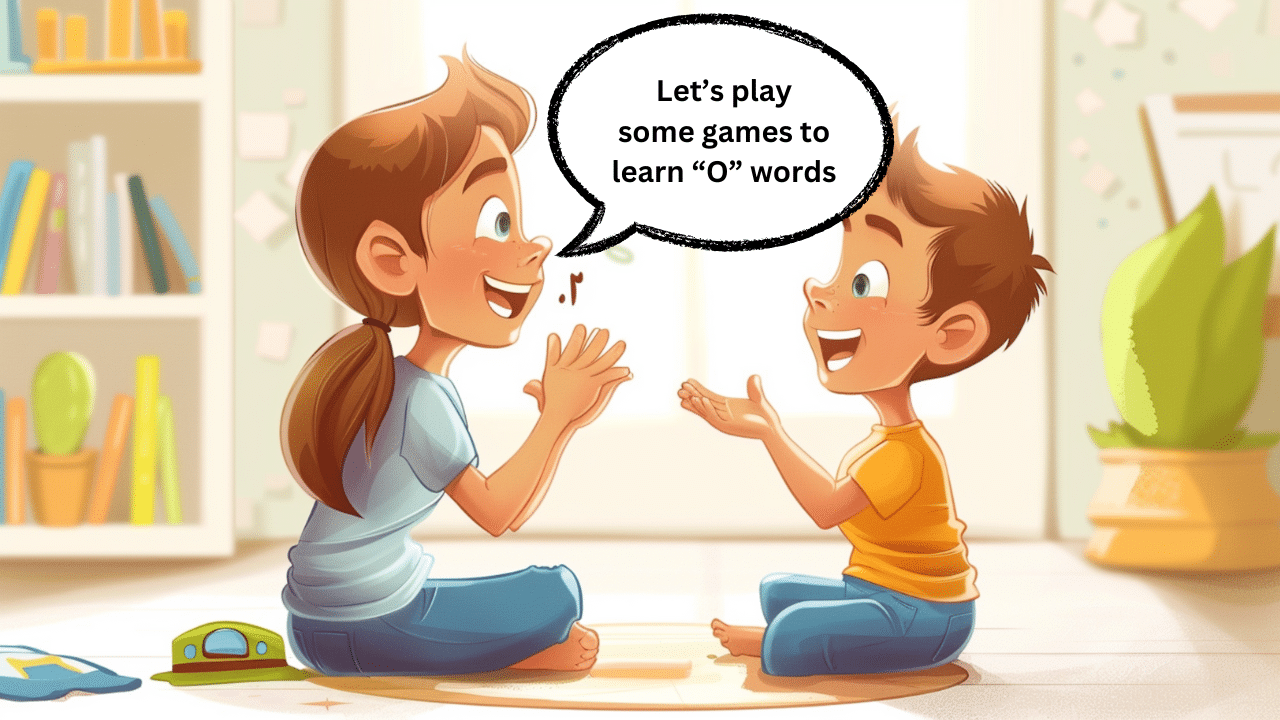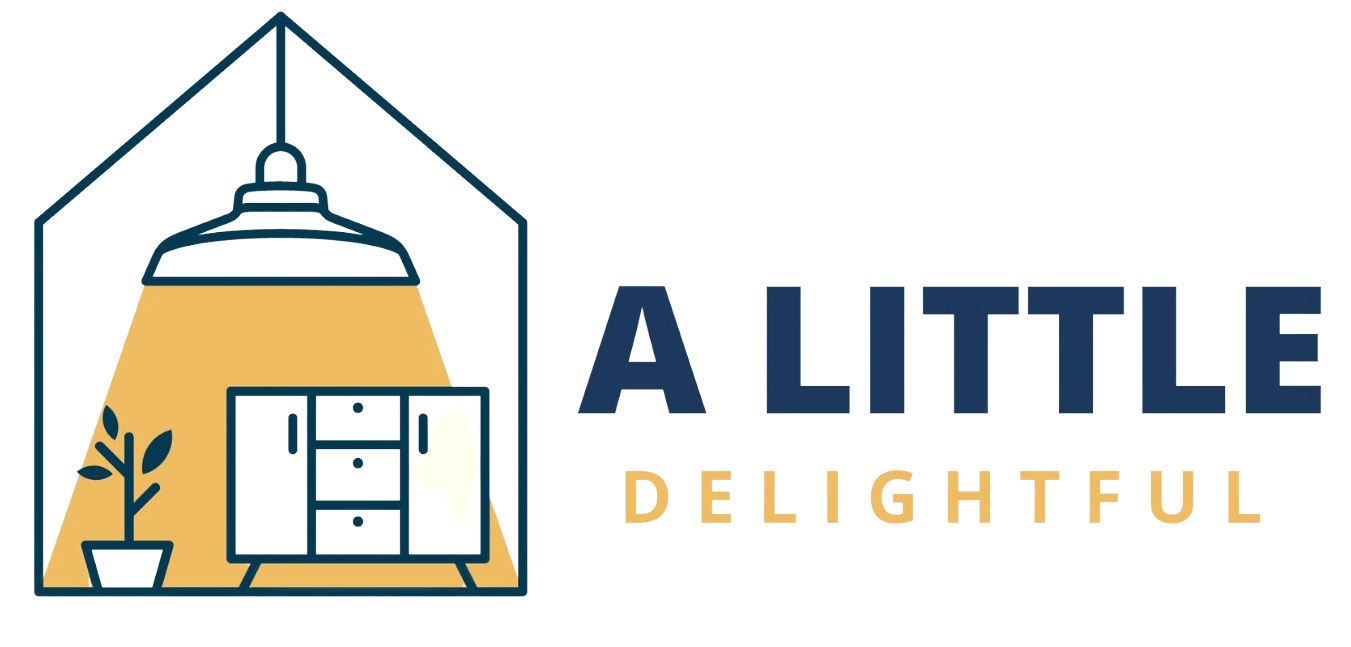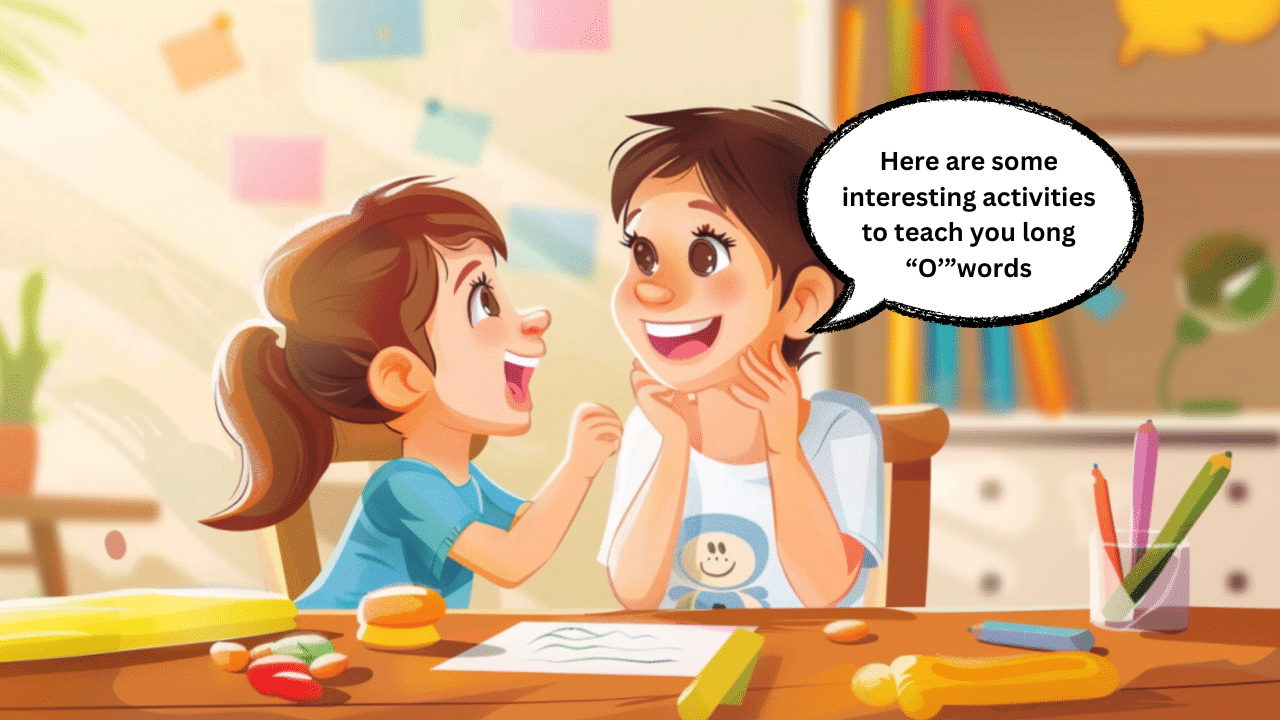10 Fun and Engaging Activities to Teach Long ‘O’ Words to Children
Are you looking for exciting ways to teach long ‘O’ words to your early learners?
As a parent or educator, you know that mastering key phonics skills like long vowel sounds is crucial for reading success.
But let’s be real – boring drills and worksheets just don’t cut it for engaging young minds!
With diverse research in childhood literacy, we’ve collected the most effective and interactive activities to excite kids about practicing long ‘O’ words.
In this article, We’ll share our top 10 fun and hands-on games to have your little ones laughing, moving, and making real progress with long ‘O’ word recognition.
From silly scavenger hunts to creative storybooks, these kid-tested ideas will help your children master this essential skill quickly.
So, let’s dive in and bring some joy back to your long ‘O’ words lessons!
Understanding Long ‘O’ Words

Several different spelling patterns can represent the long ‘O’ sound in English. Here are the main ones to be aware of:
1. ow: This pattern usually represents the long ‘O’ sound, as in words like “bow,” “cow,” “now,” and “snow.” However, there are exceptions like “low” and “blow” where the ow makes a different sound.
2. oa: The vowel team oa frequently denotes the long ‘O’ sound, such as in “boat,” “loaf,” “coach,” and “throat.” This pattern typically appears before a consonant or at the end of a syllable.
3. o-e: Words with a vowel-consonant-e pattern like “code,” “bone,” “hole,” and “rode” make the long O sound. The silent e at the end signals the long vowel sound.
4. oe: This relatively uncommon pattern represents the long ‘O’ sound only when it appears at the end of a word, like in “toe,” “doe,” and “hoe.” The main exception is the word “shoe.”
5. ough: While words like “dough” and “though” have the long ‘O’ sound, several others like “rough,” “tough,” and “drought” are exceptions with different vowel sounds after the ough combination.
To summarize the long ‘O’ sound patterns, the ow, oa, and o-e are the most common ways to spell it, with oe rarely appearing at word endings.
The ‘ough’ pattern must be more consistent and have many irregular spellings.
Understanding these patterns can help students recognize and spell long ‘O’ sound words more accurately as they expand their reading and writing skills.
Engaging Activities and Games for Long O Words

When teaching long ‘O’ words, keeping students engaged and motivated is key.
By incorporating fun, hands-on activities, and games into your lessons, you can help children learn and reinforce their understanding of these vowel sounds.
Let’s explore some exciting ways to make learning long ‘O’ words an enjoyable and interactive experience.
1. Word Family Sorting
One effective strategy is introducing word families, which are groups of words with the same ending sound. For long ‘O’ words, common word families include -one, -ose, -ote, and -ove. Create word cards with various long O words and have students sort them into the correct word family groups. This activity helps children recognize patterns and make connections between words, reinforcing their understanding of long ‘O’ sounds.
2. Long ‘O’ Word Hunt
Turn learning into a treasure hunt by sending students on a long O word hunt. Provide them with a list of long O words and have them search for these words in books, magazines, or other written materials. This activity encourages active learning as students must carefully scan and identify long ‘O’ words in context. It also promotes reading comprehension and vocabulary development.
3. Digital and Printable Worksheets
In today’s digital age, incorporating both printable and digital resources can cater to different learning styles and preferences. Utilize engaging worksheets and activities that focus on long ‘O’ digraphs, such as “o,” “oa,” “oe,” “ow,” and “o_e.” These resources often include a variety of exercises, including cut-and-match activities, word searches, drawing prompts, and sentence completion tasks. The printable versions allow for hands-on practice, while the digital versions can be used for technology integration and interactive learning.
4. Games and Puzzles
Learning can be even more enjoyable when combined with games and puzzles. Incorporate crossword puzzles, word searches, and matching games featuring long O words. For more active learners, try a game of “Go Fish” or “Memory” with long ‘O’ word cards. You can also encourage students to act out the meanings of long ‘O’ words in a game of charades, fostering vocabulary development and comprehension.
5. Group Discussions
Engage students in group discussions by having them share examples of long ‘O’ words they’ve encountered in their reading or daily life. Ask them to explain the meaning of each word and use it in a sentence. This activity promotes critical thinking, improves communication skills, and deepens their understanding of long ‘O’ words in context.
6. Bingo
Create bingo cards with long O words in each square. Call out the words one by one, and have students mark them off on their cards. The first student to get a bingo wins! This game is a great way to review long ‘O’ words and keep students engaged. You can also have students take turns being the caller, which helps improve their pronunciation and reading skills.
7. Word Ladder
Prepare a list of long O words that can be transformed into new words by changing one letter at a time. For example, “bone” can become “bore,” which can then become “bore.” Students must figure out the sequence of words, forming a word ladder. This activity challenges students to think critically about spelling patterns and enhances their problem-solving skills.
8. Scavenger Hunt
Hide cards with long O words around the classroom or school. Provide students with clues or riddles that lead them to each hidden word. As they find the cards, they must read the words aloud and use them in sentences. This activity combines physical movement with learning, making it engaging and memorable for students.
9. Word Builder
Provide students with letter tiles or cards containing the letters that form long ‘O’ words. Challenge them to build as many long O words as possible using these letters. This hands-on activity allows students to experiment with different letter combinations and reinforces their understanding of long ‘O’ spelling patterns.
10. Story Challenge
Divide the class into small groups and assign each group a list of long ‘O’ words. Challenge them to create a short story incorporating all the assigned words. Encourage them to be creative and use the words in context. After writing their stories, have each group share their tale with the class. This collaborative activity promotes teamwork, creativity, and the practical application of long ‘O’ words.
By incorporating these engaging activities and games into your lessons, you can create a dynamic and interactive learning environment that captivates students’ attention and fosters their love for learning.
Remember, the key is to make the process enjoyable and meaningful, allowing children to explore and discover the fascinating world of long ‘O’ words through hands-on experiences and collaborative activities.
Creative Teaching Strategies

Incorporating creative strategies can make the learning process more engaging and effective when it comes to teaching long ‘O’ words.
Using various approaches, you can cater to different learning styles and keep students motivated.
Let’s explore some innovative teaching strategies that can help students master long ‘O’ words.
1. Sound Bingo: Create bingo boards with alternate spellings of the long ‘O’ sound, such as “o,” “oa,” “ow,” “o_e,” and “oe.” As you read long O words aloud, students write them in the correct box on their bingo board. Once they get a full row, column, or diagonal, they shout, “Bingo!” This interactive game is a great alternative to traditional spelling tests and keeps students engaged.
2. Round and Round Word Sort: In small groups, have students take turns choosing a long O word from your list and writing it on their whiteboard or paper. The next student must choose another word with the same spelling pattern for the long O sound. For example, if the first student writes “boat,” the second student could write “coat.” Each student should say and write their word. When students run out of words for a particular pattern, the next student starts with a new word using a different long ‘O’ spelling. This collaborative activity reinforces spelling patterns and encourages teamwork.
3. Unjumble the Words: Scramble long O words and challenge students to unscramble them correctly. This activity can be done as a whole class by writing a jumbled word on the board and having students write the correct word on their whiteboards. Alternatively, create worksheets with jumbled words for independent work, literacy stations, or homework. Unjumbling words help students focus on spelling and word structure.
4. Fluency Board: Create a board or chart with long ‘O’ words. Set a timer for 30 seconds and have students read as many words as possible within that time. If they finish reading the board, they start again from the beginning until the time is up. Students record the number of words they read, and they can track their progress over time. This activity promotes fluency and helps students become more confident readers.
5. Finish the Sentences: Write several sentences, each with a blank space for a missing long ‘O’ word. Students must complete each sentence using a word from your long ‘O’ word list. This activity reinforces spelling and helps students understand the words in context. It can be done as a whole class activity, in small groups, or as individual work.
These strategies cater to various learning styles, promote collaboration, and encourage active participation. Remember to adapt and modify these strategies to suit your students’ needs and keep the learning process fresh and engaging.
Wrapping it Up
Teaching long ‘O’ words can be a fun and rewarding experience for educators and students.
You can make the learning process enjoyable and effective by incorporating engaging activities and games, such as word family sorting, long ‘O’ word hunts, and interactive digital and printable worksheets.
Remember to keep the activities varied and adapt them to suit your student’s needs and interests.
As teachers and parents, your dedication and creativity in helping children master long O words will have a lasting impact on their reading and writing skills.
Embrace the opportunity to make learning exciting, and watch your students grow in confidence as they conquer these essential phonics concepts.
If you found this article helpful, please consider sharing it with fellow educators or parents who may benefit from these ideas.
Together, we can create a supportive and engaging learning environment that fosters every child’s love for reading and writing.







